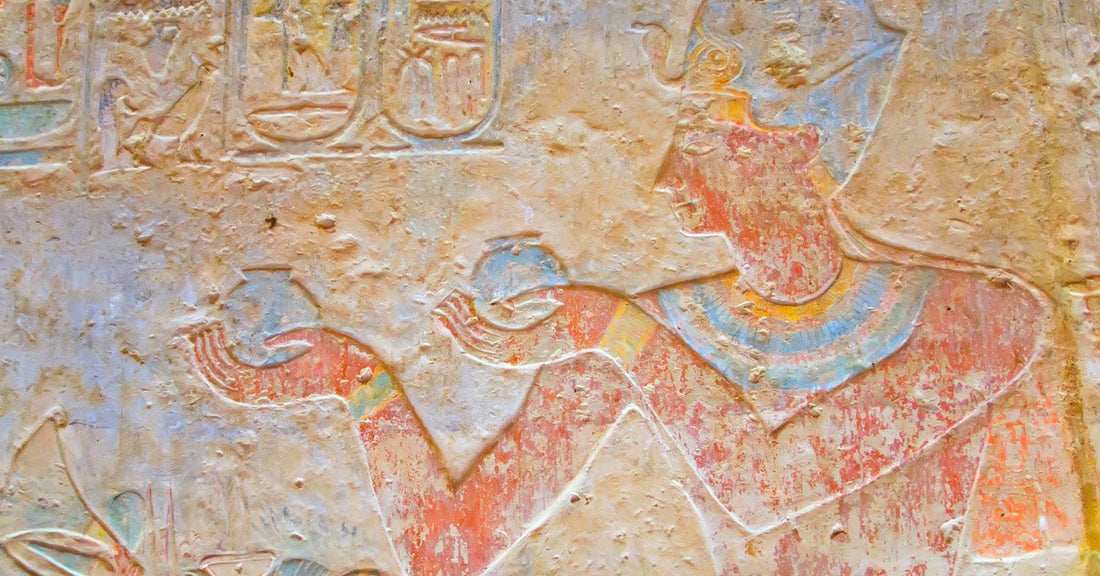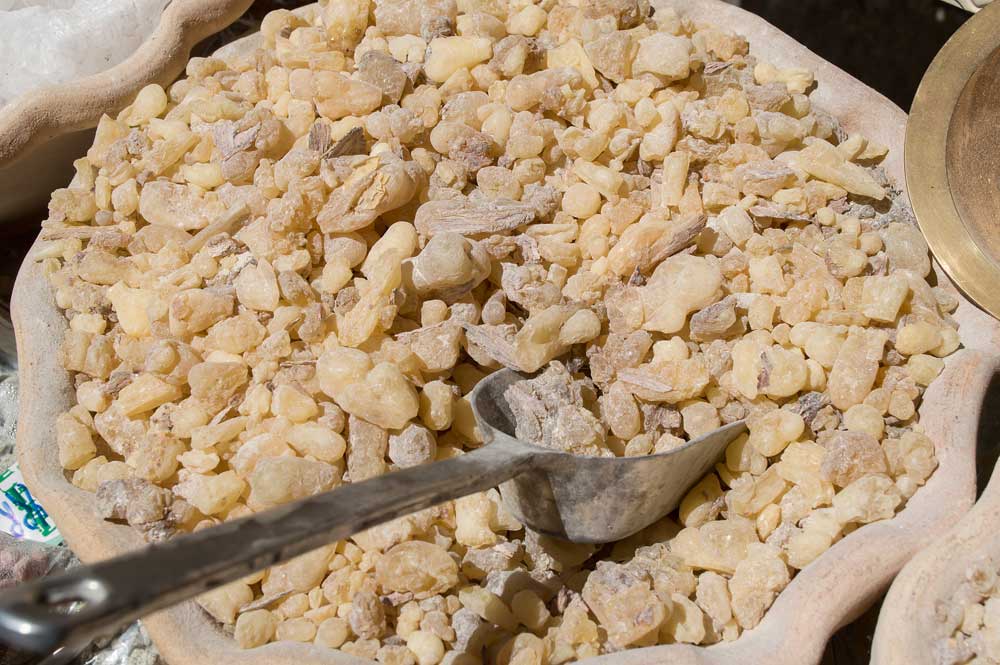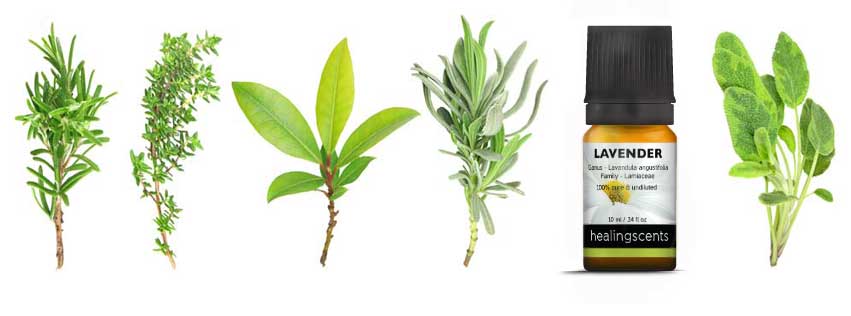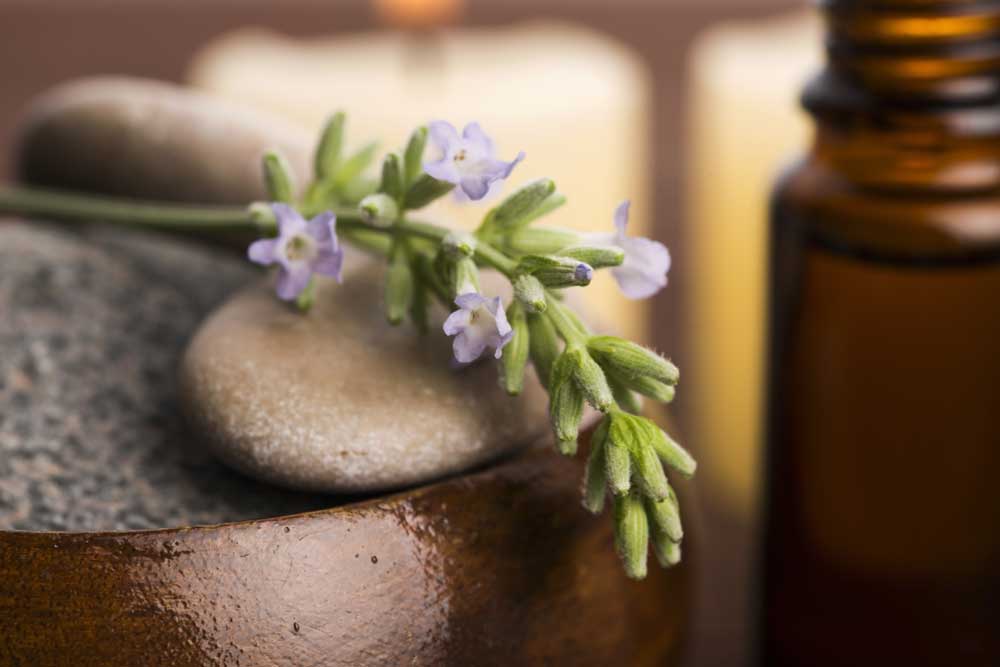The following is an excerpt from our Aromatherapy Guide
History of Essential Oils Around the World
Essential oils, or aromatic oils as they were once called, have been used by many cultures around the world for centuries. Their uses varied between cultures from religious purposes to healing the sick. It is difficult to pinpoint exactly when essential oils gained notoriety as effective healing agents, but eventually the knowledge of essential oils spread around the globe.
The earliest evidence of human knowledge of the healing properties of plants was found in Lascaux, located in the Dordogne region in France. There, cave paintings suggest the use of medicinal plants in every day life that have been carbon dated as far back as 18,000 B.C.E.
Egypt
Evidence and recorded history have both shown that the Egyptians used aromatic oils as early as 4500 B.C.E. They became renowned for their knowledge of cosmetology, ointments and aromatic oils. The most famous of their herbal preparations “Kyphi” was a mixture of 16 ingredients that could be used as incense, perfume or medicine.
They used balsams, perfumed oils, scented barks, resins, spices and aromatic vinegars in everyday life. Oils and pastes from plants were transformed into pills, powders, suppositories, medicinal cakes and ointments.
Ashes and smoke from aniseed, cedar, onion, garlic, grapes and watermelon among others were also used. At the height of Egypt’s power, priests were the only authorities allowed to use aromatic oils, as they were regarded as necessary to be at one with the Gods.
Specific fragrances were dedicated to each deity and their statues were anointed with these oils by their followers. Pharaohs had their own special blends for meditation, love, war and so on.
Aromatic gums such as cedar and myrrh were used in the embalming process and traces of these have been found on mummies today. Despite the importance of aromatic oils in Egyptian society, they never distilled their own and in fact imported oils of cypress and cedar.
China
The use of aromatic oils was first recorded in China between 2697-2597 B.C.E during the reign of Huang Ti, the legendary Yellow Emperor. His famous book “The Yellow Emperor’s Book of Internal Medicine” contains uses for several aromatics and is still considered a useful classic by practitioners of eastern medicine today.
India
Traditional Indian medicine called “Ayur Veda” has a 3000-year history of incorporating essential oils into their healing potions. Vedic literature lists over 700 substances including cinnamon, ginger, myrrh and sandalwood as effective for healing.
During the outbreak of the Bubonic Plague, Ayur Veda was used successfully in replacing ineffective antibiotics. The purpose of aromatic plants and oils were not only for medicinal purposes, but were believed to be a Godly part of nature and played a integral role to the spiritual and philosophical outlook in Ayurvedic medicine.
Greece
Between 400-500 B.C.E. the Greeks recorded knowledge of essential oils adopted from the Egyptians. Ointment of Myrrh was carried by soldiers into battle to counter infections.
The Greek physician Hypocrites (460-377 B.C.E.), known to us as the “Father of Medicine” documented the effects of some 300 plants including thyme, saffron, marjoram, cumin and peppermint.
Hypocrites’ extensive knowledge of plants and their essences was Ayur Vedic in origin and was gained in part through the Greek soldiers’ encounters with Ayurvedic medicine on the Indian sub-continent during their travels with Alexander the Great. They found Ayur Veda to be harmonious with their own medicinal practices and evidence of the mingling of these two traditions can still be found in use by remote tribes today.
Hypocrites wrote “a perfumed bath and a scented massage everyday is the way to good health.” The literature left by him and his students contains the most important principle in modern medicine; “Above all the purpose of a doctor is to awaken the natural healing energies within the body”. Hypocrites’ wisdom influences modern medicine to this day in the form of the “Hippocratic Oath” taken by all doctors.
Galen was another Greek whose reportedly vast knowledge of plants and their medicines had a remarkable impact on how we classify information today. He began as a surgeon at a school for gladiators and it was said that no gladiator died of his wounds during Galen’s term as physician. His reputation became known and he was promoted to personal physician to the Roman Emperor, Marcus Aurelius. He wrote a great deal on the theory of plant medicine and divided plants into various medicinal categories that are still known as “Galenic” today.
Rome
The Romans were known for lavishly applying perfumed oil to their bodies, bedding and clothes. It was also customary for the Romans to use oils in massage and baths. Roman physicians brought books written by Galen and Hypocrites with them as they fled during the fall of the Roman Empire; these texts were later translated into Persian, Arabic and other languages.
Persia
Ali-Ibn Sana (commonly known as Avicenna the Arab) lived from 980 -1037 A.D. He was a child prodigy and became a well-educated physician by the age of 12. Ali-Ibn wrote books on the properties of 800 plants and their effects on the human body. He is also credited for being the first person to discover and record the method of distilling essential oils. His methods are still in use.
Europe
During the Crusades, the Knights and their armies were responsible for passing on knowledge of herbal medicines that they learned in the Middle East, throughout Western Europe. The knights acquired knowledge of distillation and carried perfumes with them.
Frankincense and pine were burned in the streets to ward off “evil spirits” during the Bubonic Plague of the 14th Century. It was noted that less people died of the plague in the areas where this was done.
In 1653 Nicholas Culpeper wrote his ” The Complete Herbal” which still stands as a valuable reference. His book describes many conditions and their remedies that are still appropriate today.
French Chemist René-Maurice Gattefossé coined the term “Aromatherapie” while investigating the antiseptic properties of essential oils. Gattefosse’s book “Aromatherapie” was published in 1928 in which he details cases of essential oils and their healing capabilities. The book was influential in medical practices in France.
Gattefossé discovered the incredible healing properties of Lavender accidentally when a small explosion occurred in his laboratory. One of Gattefossé’s hands was badly burned. He quickly immersed it in the nearest tray of liquid. The liquid was essential oil of lavender and to his astonishment Gattefossé observed that his hand healed with no infection or scarring.
Gattefossé and a colleague conducted further research on the healing properties of lavender and introduced it to many of the hospitals in France. During the outbreak of Spanish influenza there were no reported deaths of hospital personnel, which was credited to the use of lavender.






